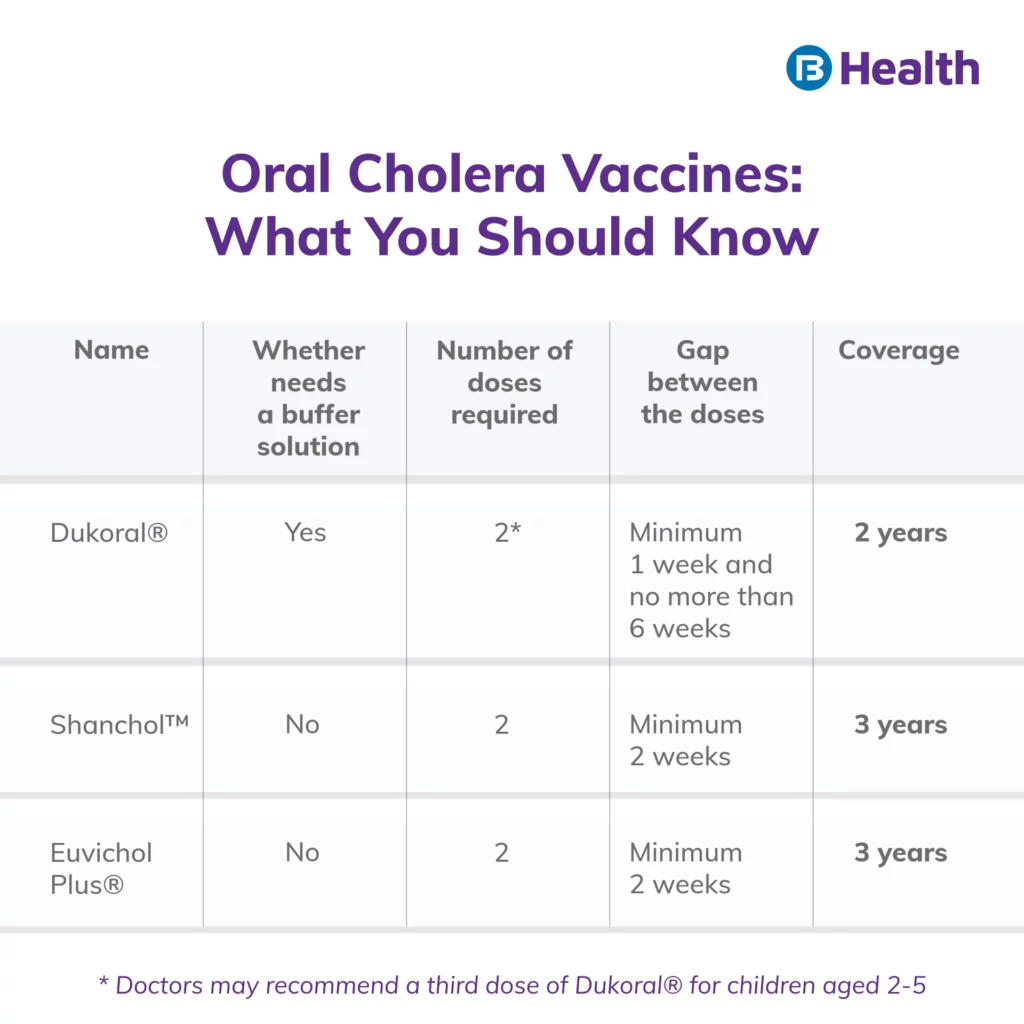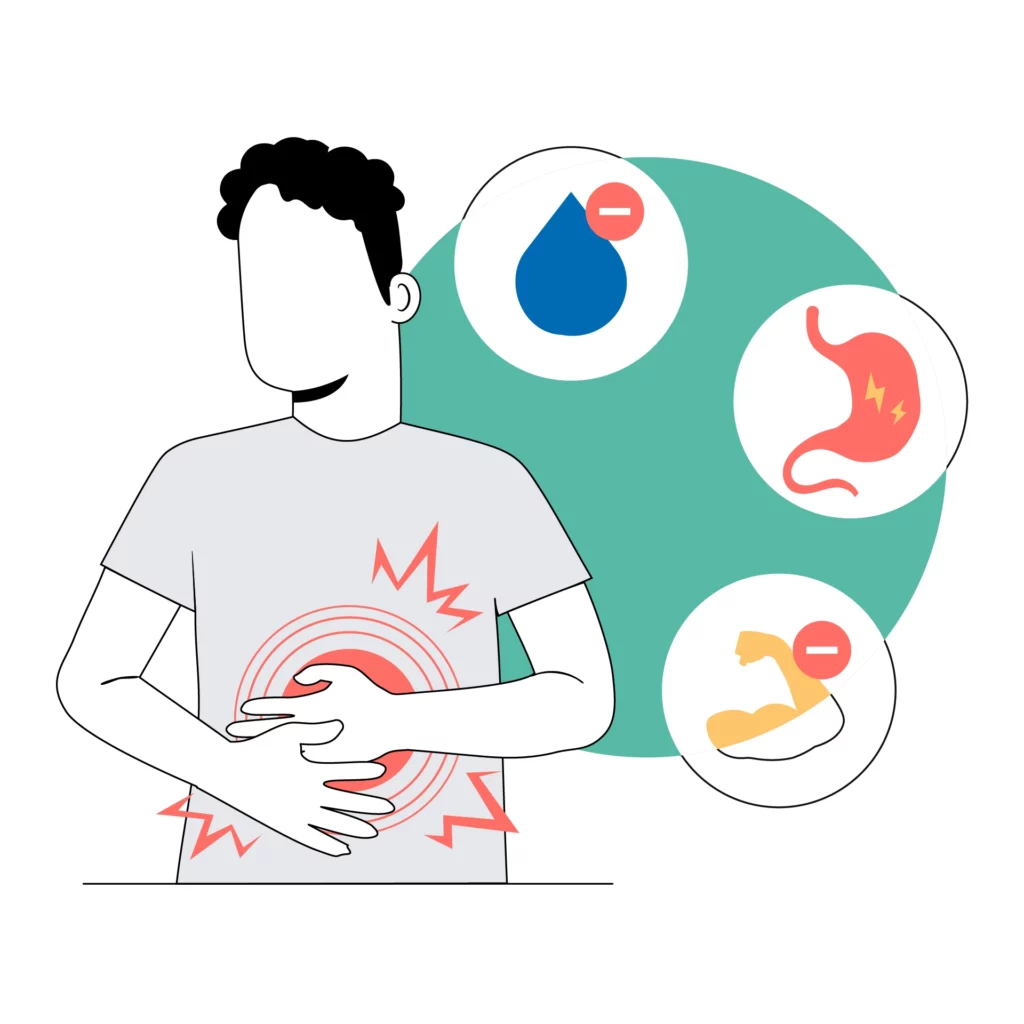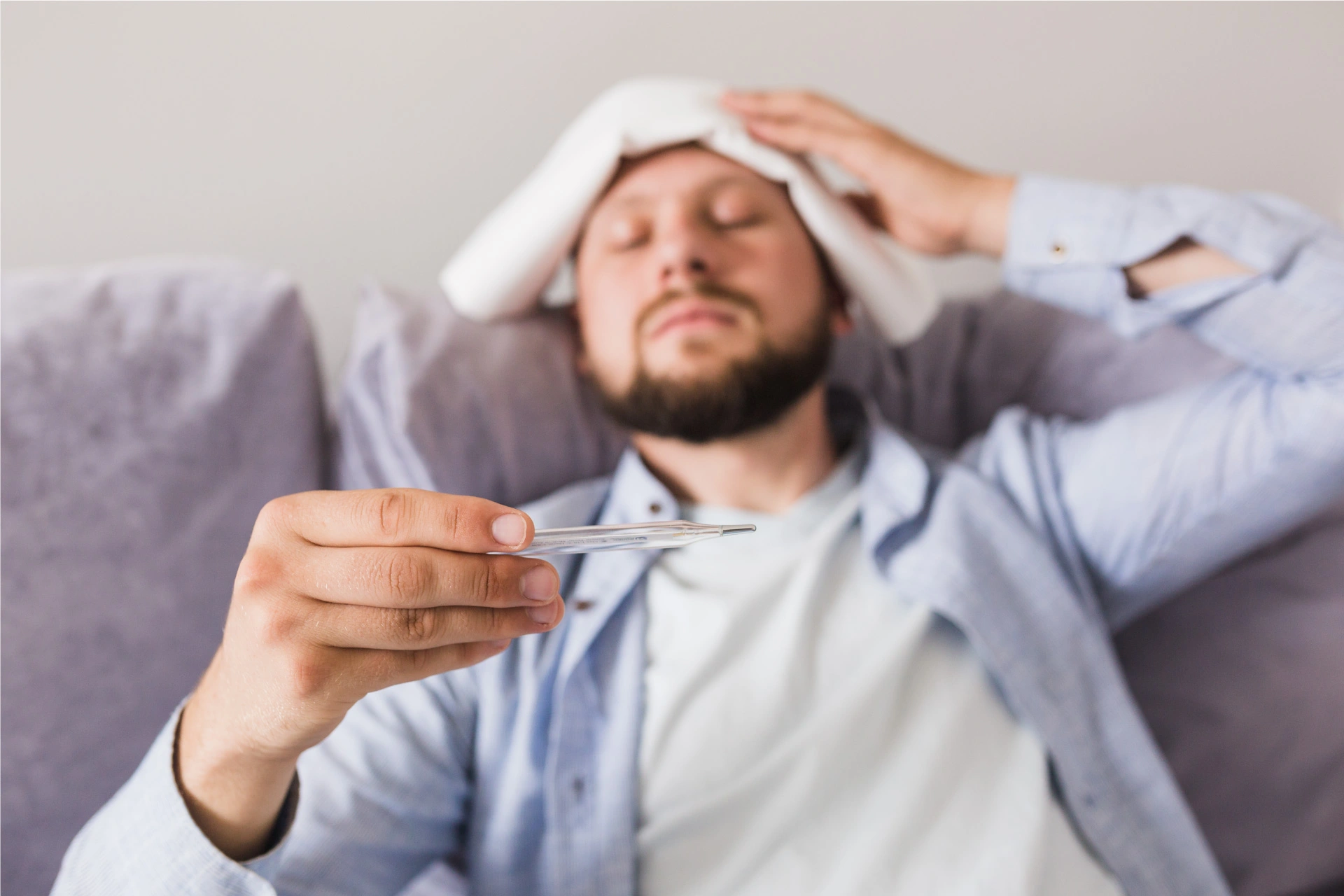General Health | 6 min read
Cholera Outbreak: Symptoms, Treatment and Prevention
Medically reviewed by
Table of Content
Synopsis
Though cholera is less frequent these days, there have been reports of yearly cholera outbreaks in five states of India. It’s high time to be aware and stay alert. Read more.
Key Takeaways
- Cholera is a severe diarrhoeal infection that leads to acute dehydration
- If started on time, treatment of cholera takes no more than a week
- Education and economic development are key factors for cholera prevention
Cholera is a severe diarrhoeal infection caused by the bacterium Vibrio cholera. It can invade your body if you consume food or water contaminated with the bacteria. The disease is a global threat to public health and reflects a vital gap and inequity in social development. Read on to learn about cholera symptoms, treatment and more about the cholera disease.
What is Cholera?
Cholera is a severe infection of the intestine that causes diarrhoeal infection. The responsible factor for the condition is the toxigenic bacterium Vibrio cholera. Around 1.3 to 4 million people get infected with cholera every year, which causes 21,000 to 143,000 deaths per year [1]. Individuals with cholera may experience mild or no symptoms, but it can become severe for one in ten people. These people may develop acute symptoms such as leg cramps, vomiting, and watery diarrhoea, which leads to severe dehydration. In such situations, immediate treatment is a must to prevent loss of life.
How Does Person Get Cholera?
Individuals get infected by cholera by eating food or drinking water contaminated with the cholera bacteria. The infection may become an epidemic in places with a lack of drinking water and inadequate sewage treatment. In a cholera epidemic, foods and water usually get contaminated by the face of an infected person. However, the infection is unlikely to spread directly among individuals. So, if you casually touch a cholera patient during a conversation, you may not be infected by the virus [2].
Additional Read: Most Common Waterborne DiseasesHistory And Key Facts About Cholera
History
In the 19th century, cholera became a pandemic as it spread all over the world from its original source in India. There have been seven cholera pandemics as a whole, which have killed millions of people worldwide. After the last cholera pandemic of 1961, it now exists as an endemic in different countries.
Key facts
- Among all the serogroups of Vibrio cholerae, only two are responsible for outbreaks – O1 and O139
- A majority of the infected individuals will have mild or no symptoms, and they can be given oral rehydration solution (ORS) for effective treatment
- In 2017, the Global Task Force of Cholera Control (GTFCC), affected countries, and donors launched a global strategy to control cholera: Ending Cholera: A Global Roadmap to 2030 [3]. The strategy aims to lower cholera deaths by 90% by 2030
- Dehydration from cholera can lead to death within hours if treatment is delayed
- Acute cases of cholera require rapid intervention with antibiotics and intravenous fluids
- Proper sanitation and germ-free drinking water are key to preventing cholera and other waterborne infections
- Oral cholera vaccines are used in tandem with the development of water conditions and sanitation infrastructure to prevent or control an outbreak
Symptoms of Cholera
In most cases, cholera may be asymptomatic or show mild symptoms. However, in some instances, the condition leads to severe acute watery diarrhoea with associated symptoms such as leg cramps and vomiting – all within 12 hours to five days post taking contaminated food or water. The condition can equally affect children and adults and turn fatal unless treatment is initiated on time.
Additional Read: World Immunization Week
Cholera Diagnosis
How is cholera detected?
To diagnose cholera, doctors order a lab test of your stool sample or rectal bacteria, which checks whether cholera bacteria are present in it.
Cholera Treatment
The purpose of cholera treatment is to replace the fluids and salts lost in diarrhoea as soon as possible. It can be possible with ORS, a mixture of sugar and salt mixed with water. It is a remedy accepted and used worldwide for treating cholera. In acute cases of cholera, intravenous fluid replacement may also be required. Quick rehydration reduces the death rate significantly and makes it even lower than 1% [4].
Antibiotics can also help to lower the severity of cholera, but they are not as crucial as rehydration. If there is a cholera outbreak near your place and you develop symptoms of diarrhoea, make sure to seek medical attention immediately.
Cholera Prevention
A comprehensive approach is essential to control cholera outbreaks and lower the number of deaths. It includes constant surveillance, and treatment, ensuring safe drinking water and adequate sanitation, and initiating social mobilization. As part of surveillance, feedback is taken from local levels, and information is shared among the global stakeholders. In case of a cholera outbreak, rapid access to treatment needs to be ensured. Water and sanitation interventions are linked with economic development and can bring forth a long-term solution for cholera control. These measures also play a crucial role in preventing other waterborne diseases as well as achieving Sustainable Development Goals related to malnutrition, poverty, and education.
As part of social mobilization or community engagement for cholera prevention and control, the following practices are usually promoted:
- Handwashing with soap
- Avoiding contamination while preparing and storing food
- Disposal of children’s faeces with safety measures on
- Safety guidelines for the funerals of people who died from cholera
Oral Cholera Vaccines (OCVs)
Right now, there are three OCVs which have passed WHO vaccines prequalification: Shanchol™, Euvichol-Plus®, and Dukoral®. You need to take two doses of any of these for full protection against cholera.
Shanchol™ and Euvichol-Plus® are prepared from the same vaccine formula. They can be given to individuals who have crossed the age of one year. Administration of these vaccines doesn’t require a buffer, but a minimum gap of two weeks is required between the two doses. Both these vaccines can provide protection from cholera for around three years. Dukoral®, on the other hand, is injected with a buffer solution and is recommended for individuals over the age of two years. Once the first dose is given, the second dose can be administered at any time after seven days and before six weeks. Doctors may recommend a third dose for children aged 2-5. Two doses of Dukoral® can guard you against cholera for two years.

FAQs
Can cholera be cured?
Yes, cholera can be cured if treatment begins on time. Effective treatment remedies for cholera include ORS and intravenous fluid replacement.
How long does cholera last?
If treatment is initiated on time, individuals with cholera usually recover within a week unless they have other complications.
Conclusion
Though cholera outbreaks in 21st-century India are rarer than earlier, there have been reports of repeated outbreaks of cholera in West Bengal, Gujarat, Karnataka, Punjab, and Maharashtra from 2011 to 2020 [5]. With all this information about cholera at your disposal, you now know the prerequisites for managing and controlling the cholera outbreak. In addition, you can check with your local health authorities to know about awareness programmes in which you can participate.
Maintain sanitation and drink clean water to keep infections at bay. In case you are experiencing symptoms like dehydration and vomiting, book an online doctor consultation on Bajaj Finserv Health to rule out cholera and other waterborne diseases.
References
- https://www.ncbi.nlm.nih.gov/pmc/articles/PMC4455997/
- https://www.cdc.gov/cholera/general/index.html
- https://www.gtfcc.org/wp-content/uploads/2019/10/gtfcc-ending-cholera-a-global-roadmap-to-2030.pdf
- https://www.who.int/news-room/fact-sheets/detail/cholera
- https://www.ncbi.nlm.nih.gov/pmc/articles/PMC9099871/
Disclaimer
Please note that this article is solely meant for informational purposes and Bajaj Finserv Health Limited (“BFHL”) does not shoulder any responsibility of the views/advice/information expressed/given by the writer/reviewer/originator. This article should not be considered as a substitute for any medical advice, diagnosis or treatment. Always consult with your trusted physician/qualified healthcare professional to evaluate your medical condition. The above article has been reviewed by a qualified doctor and BFHL is not responsible for any damages for any information or services provided by any third party.





